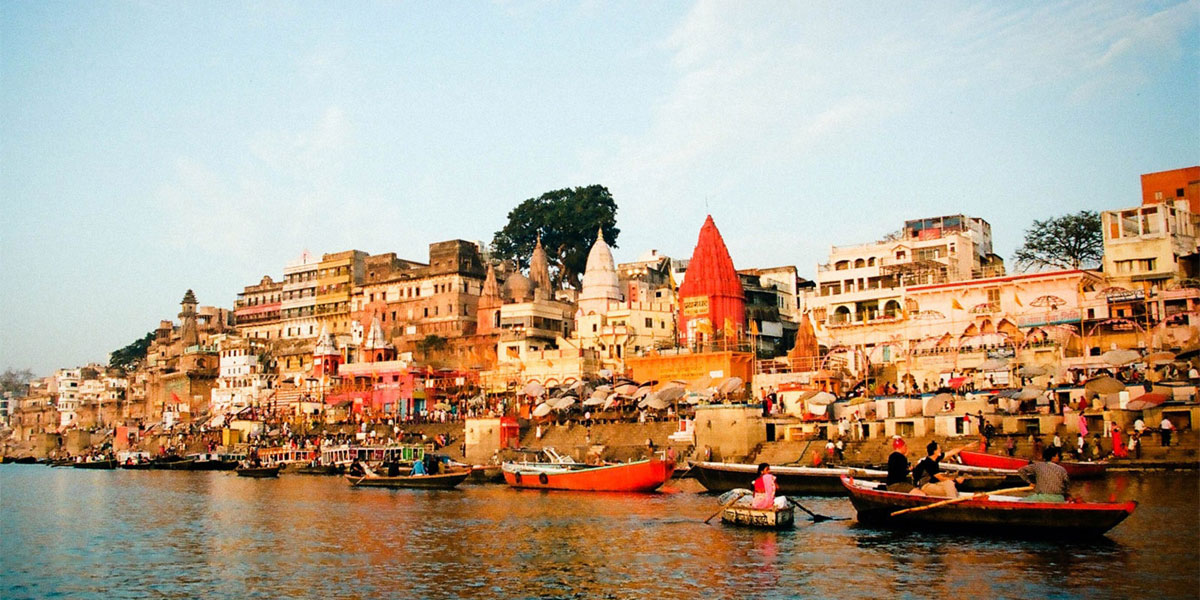By Sandeep Pandey
Narendra Modi is very enthusiastic about cleaning Ganga. After filing his nomination from Varanasi for contesting the recently held general elections he said he had been summoned to Varanasi by mother Ganga.
After taking over as PM a clean Ganga mission has been announced with the participation of five ministries – Water Resources, now going to be called Water Resources, River Development and Ganga Rejuvenation, Environment and Forests, Power, Tourism and Surface Transport and Shipping. The Tourism ministry is going to look into how to promote tourism all along Ganga, the Power ministry is going to explore new opportunities of generating hydro-electricity and the Surface Transport and Shipping ministry will see how to use the waterways for facilitating trade.
Hence the mission clean Ganga is not just about cleaning Ganga. In that only the water resources and environment ministries would have been sufficient to undertake the task. The other three ministries are being involved with the objective of commercial exploitation of Ganga. One has to only look at the history of so called development by the last three ministries to see whether their actions have cleaned or polluted the environment.
There have been protests earlier against dams on river Ganga. Sunderlal Bahugana carried out a historic, long but unsuccessful protest against the Tehri dam on Bhagirathi river, which becomes Ganga after meeting Alaknanda at Devprayag. More recently former IIT Kanpur Professor G.D. Agrawal now known as Swami Sanand protested against several dams in Uttarakhand. Prof. Agrawal has demanded complete abandoning of all dams projects in upper Ganga region. A general understanding has emerged internationally that big dams are not the best way of producing electricity. It is costly and dangerous. An expert body headed by Dr. Ravi Chopra has clearly held the hydropower projects built on Ganga and its tributaries responsible for the flood disaster in Uttarakhand in June 2013.
However, the Narendra Modi government doesn’t seem to have learned any lesson from the miseries caused to human population due to big dam projects. He has announced raising of the Sardar Sarovar dam height by 17 metres to 138.68 metres which will result in a submergence of lakhs of people. The people of various places in MP facing submergence have already raised a voice of protest against the decision and the country is going to witness another round of protracted battle of the displaced.
One can find out the impact of big tourism activity on any of cities along Ganga and determine its contribution to making it dirty. Spitting, throwing waste, polythene in Ganga would soon become a punishable offence. What is Narendra Modi going to do about the untreated sewage which is allowed to meet not just Ganga but virtually every river in the country including Sabarmati? When will that become a crime? Is he going to take action against the people responsible for spending crores of rupees on Ganga Action Plan but still not been able to create enough capacity to treat all sewage? More than half the sewage in Varanasi city alone meets the river Ganga untreated.
Waterways were in use before the advent of railways and road transport. However if Modi plans to fuel the ships and boats by the same fossil fuels as presently propel the railways and roadways then how is the situation of pollution going to be mitigated ?
Modi’s plan to clean Ganga with the involvement of agencies which might be looking to make money from their projects could spell a disaster for the holy river and environment in addition to lakhs of people whose lives and livelihood will be affected when these ambitious projects are undertaken. For example, the traditional boatmen and fisherfolk communities are already wary of Modi’s plans. The plan has more glitter, the kind that is needed to attract investment, but unless properly thought out it can land Modi into quagmire.
Narendra Modi is obviously aggressively pursuing a development agenda which he hopes will revive the economy. He doesn’t seem to care about any consultations or clearances. He wants to be seen as a tough decision maker who’ll not compromise. However, riding roughshod over people’s basic right to life and livelihood will be counterproductive.
Top down approach of decision making is an outdated concept in democracy. With deepening concept of democracy, without people’s involvement no decisions related to development should be taken. Otherwise people will protest. There is hardly a development project in the country today which does not face a protest. The protests may not always be successful in stalling the projects but certainly pose a threat of snowballing into a phenomenon which may result in defeat of the party running the government in next elections.
The people who have invested money in Narendra Modi’s election campaign may be expecting quick decisions from him which will help the industrialists but Narendra Modi must remind himself that he has to take into consideration the impacts these projects will create on the lives of poor. He must live up to his declared commitment to the poor of this country.
An IB report has been leaked targeting people and organisations who are opposing development projects. This is an attempt to silence dissenting voices. But Narendra Modi must realise that these protests are based on sounder logic than the projects themselves and the government does not have answers to most questions raised by these movements.






















